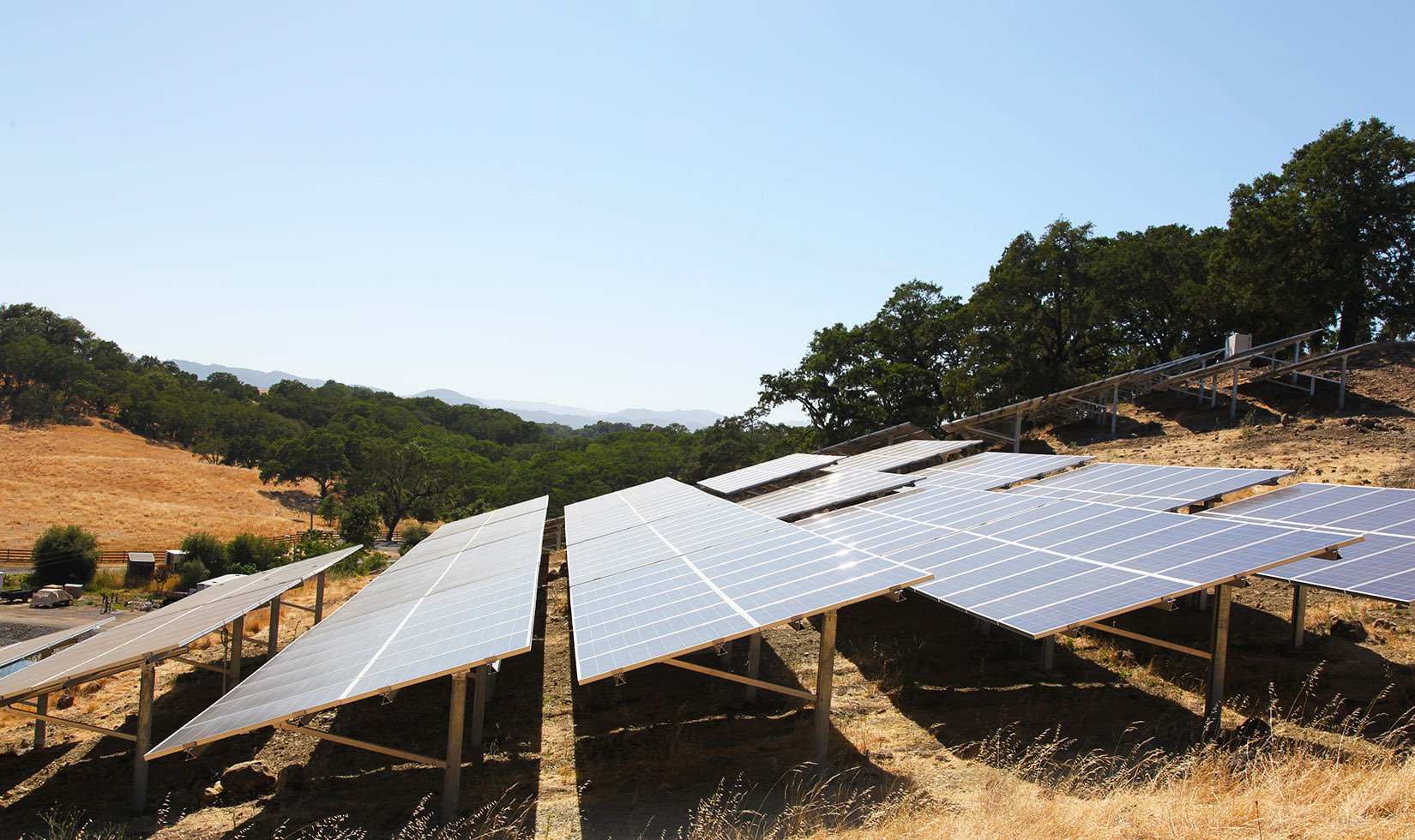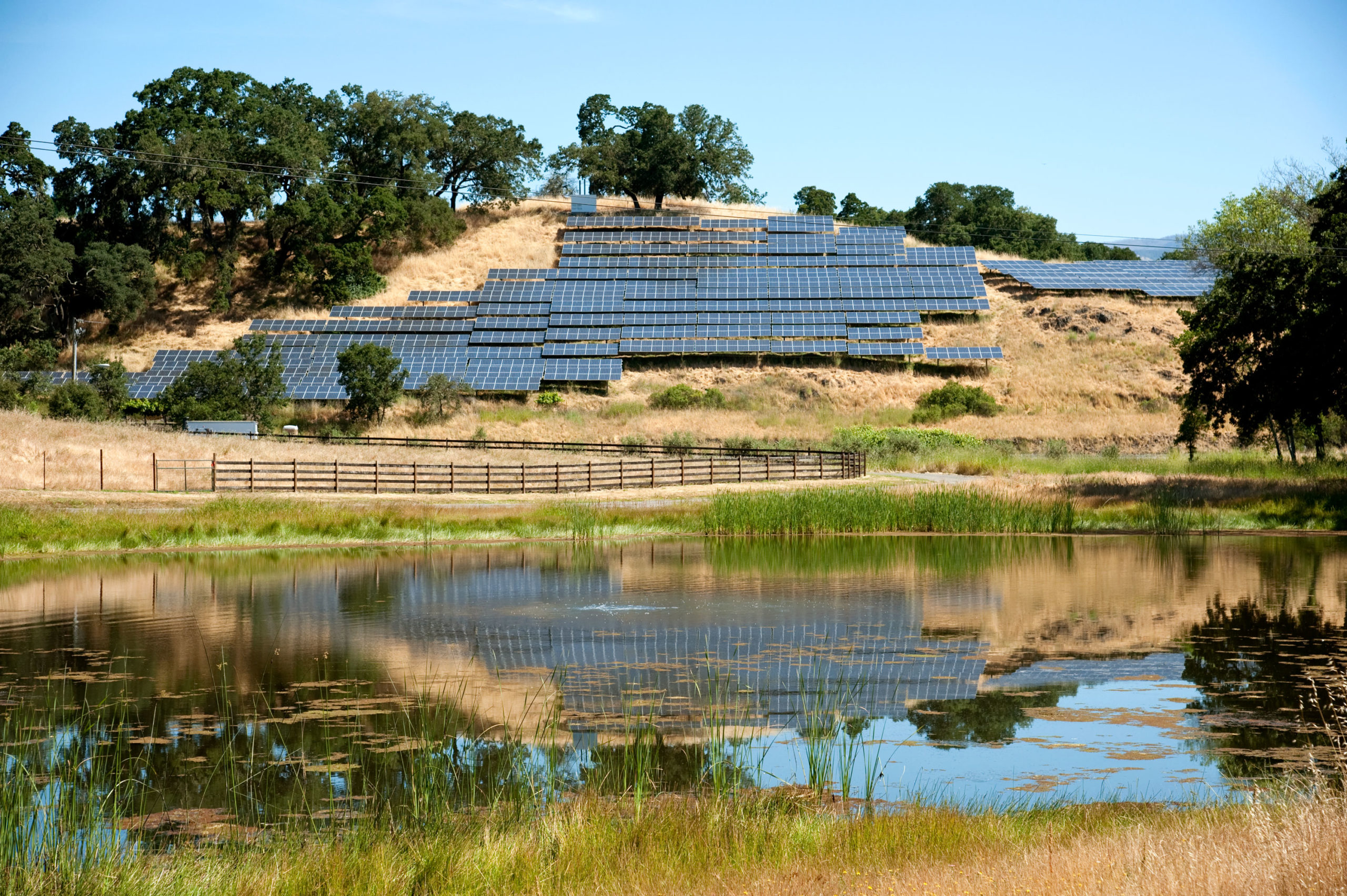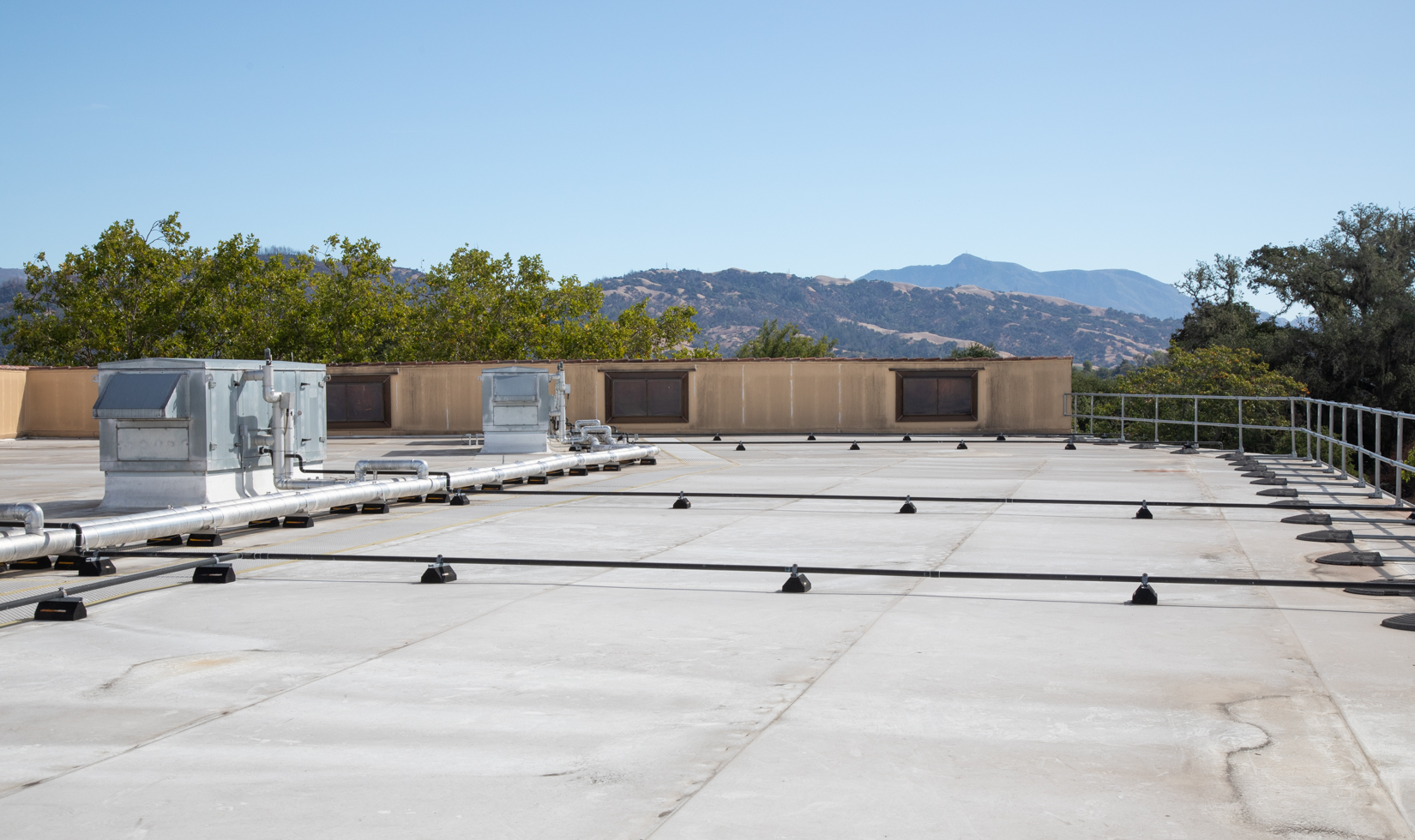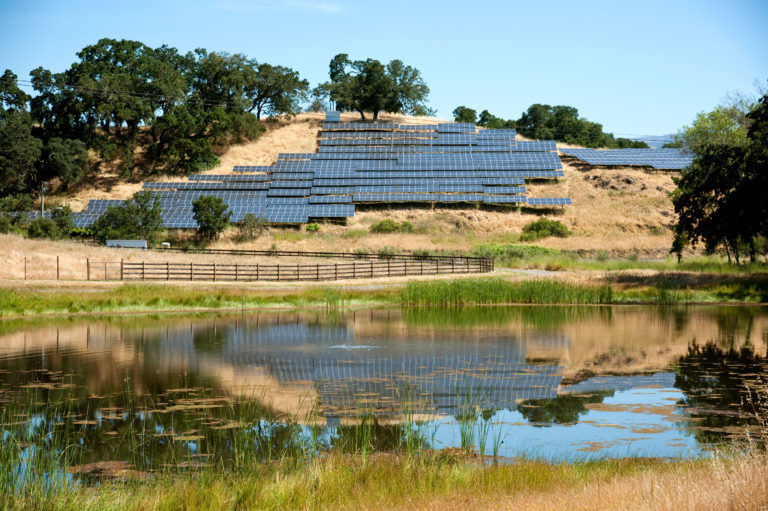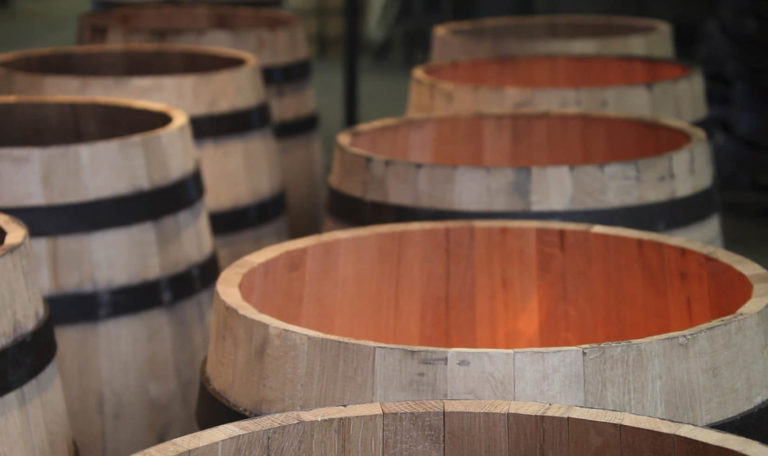During the height of harvest, wineries love to share the excitement of the season through photos and videos of plump, ripe clusters being plucked from grapevines and gondolas full of grapes being hoisted into the crush pad’s hopper. What we don’t share is how much energy is needed to run winery equipment during this busy time of the year. For sustainably-certified, energy-efficient businesses like Jordan, cutting energy use without compromising wine quality has a focus for nearly two decades—but the operations team somehow finds new ways each year to shave more watts off the power bill. In honor of Energy Awareness Month and Energy Efficiency Day on October 4, we asked Matt Spence, the engineer and facilities operations guru at Jordan Winery, to share five ways that Jordan continues to evolve its energy conservation efforts through ongoing investments in the latest technology and data analysis.
View this post on Instagram
These investments helped the winery reduce its power bill by 10% this summer after being told by an auditor for energy efficient businesses they’d reached their lowest possible use level in 2011. Pour yourself a glass of Jordan and geek out on these cool tools that keep the winery cool (and warm).
Solar Power Built To Scale
Rather than rushing to install a solar array when the technology was gaining popularity 20 years ago, John Jordan and the Jordan facilities team focused on analyzing the winery’s energy consumption and investing in ways bring the Jordan Chateau’s energy use and carbon footprint down to its lowest levels. Afterward, a 1,932-panel, solar photovoltaic array composed of 100% American-made equipment was installed on a rocky hillside behind the winery in 2012. More than 80% of the winery’s power is generated onsite, and the balance is offset through purchases of renewable energy sources through the Sonoma Clean Power program. “It’s crazy how consistent and reliable the solar array has been over the last decade,” Spence says. “We decided to focus on energy efficiency before generation.” Spence credits the decision to install the right size and number of solar panels based on energy reduction efforts and an optimal installation location. Each year, the energy generated from Jordan’s hillside solar array is equivalent to planting nearly 14,000 trees or saving 60,000 gallons of gasoline. View Jordan’s energy savings in real time. It also powers Jordan’s four electric car chargers for Tours & Tastings guests—two Tesla chargers and two Enel X chargers.
Magnetic Chillers and Smart Vents
Refrigeration units aren’t necessarily a hot topic at a wine tasting, but Spence wants all Jordan wine lovers to know how cool—and important—Jordan’s 90-ton “chillers” are. These two refrigeration units are fitted with magnetic compressors, which create a highly efficient way to cool both the building and the wine tanks simultaneously. These chillers keep approximately 75% of the building cool. To ensure the big chillers kick into action as little as possible, the Jordan Chateau’s roof is equipped with motorized vents that open at night to bring in cool, outside air. This allows the concrete building to cool off naturally at night and stay cool well into the next day. “We are constantly improving the efficiency of the refrigeration system,” Spence says. “We use sensors to detect and react to changes in air quality. This is very important if there’s a wildfire in the region or poor air quality. The system automatically closes all vents to preserve winery conditions.”
Cool Technology for Building Insulation and Sealing
When the Jordan Chateau was built in the 1970s, insulation and sealing materials available were as technologically advanced as record players are today—quite different from the high-tech tools available to energy efficient businesses now. Beyond the Jordan Chateau’s stately tile roof lies a million dollar “cool roof” that helps reflect light and keep the building from absorbing heat, which leads to less use of electricity for air conditioning. Jordan’s big energy efficiency audit led to the installation of improved sealing for existing warehouse doors. Pre-insulated COOL-FIT® piping systems were added to all chilled water pipes which helps to maintain temperatures and prevent condensation from forming. This is important for a sanitized space like a winery fermentation room.
High-Tech Boilers, aka Shake & Bake
Boilers are about as glamorous as a compost pile, but the Jordan Chateau can’t maintain the proper water temperature without them. Jordan installed two new boilers in 2022, which cut the winery’s propane use by over 50%. “It’s a testament to how important it is for established businesses to continue to invest in the latest technology,” says Spence. The duo boilers got their nicknames, “Shake and Bake” from Talladega Nights reinforcing their partnership in ensuring that the winery meets its critical hot water needs. But their warming qualities aren’t their only charm. The boilers have also helped to reduce Jordan’s overall water consumption. “The winery now has consistent, on-demand hot water, rather than employees and guests waiting for the water to get hot,” Spence says. “There’s minimal to no water wasted due to temperature.”
Monitoring Systems and the Human Touch
While Jordan is grateful for all of these tools available to energy efficient businesses, conservation still requires the dedication of the operations staff, who research and vet the latest technology, test and learn how to use each tool—and then dedicate time to monitoring these systems regularly to detect any issues or inefficiencies that could impact Jordan’s energy consumption. “Thanks to new tools and software, we can optimize our energy consumption at the facility in ways we have never done before,” Spence says. “Just like people keep an eye on their gas mileage, we keep our eye on the ball with utility consumption daily. We use apps to monitor water use and submeters for electricity.” If Jordan Winery has a water leak or an energy spike, a notification is immediately sent to Spence’s phone. He’s also working to develop a dashboard tool that would allow the operations team to look at all utility use data in one place.
These conservation efforts are in addition to standard energy efficient business practices that Jordan implemented many years ago, including converting all winery lighting to LED efficient bulbs, adding motion detectors for overhead lights in wine production areas, using efficient generators to capture nitrogen from air to reuse as an inert gas during wine bottling, programming thermostats and more. To learn about other ways Jordan works to reduce, reuse and recycle, read this Sustainability & Environmental Stewardship overview.
